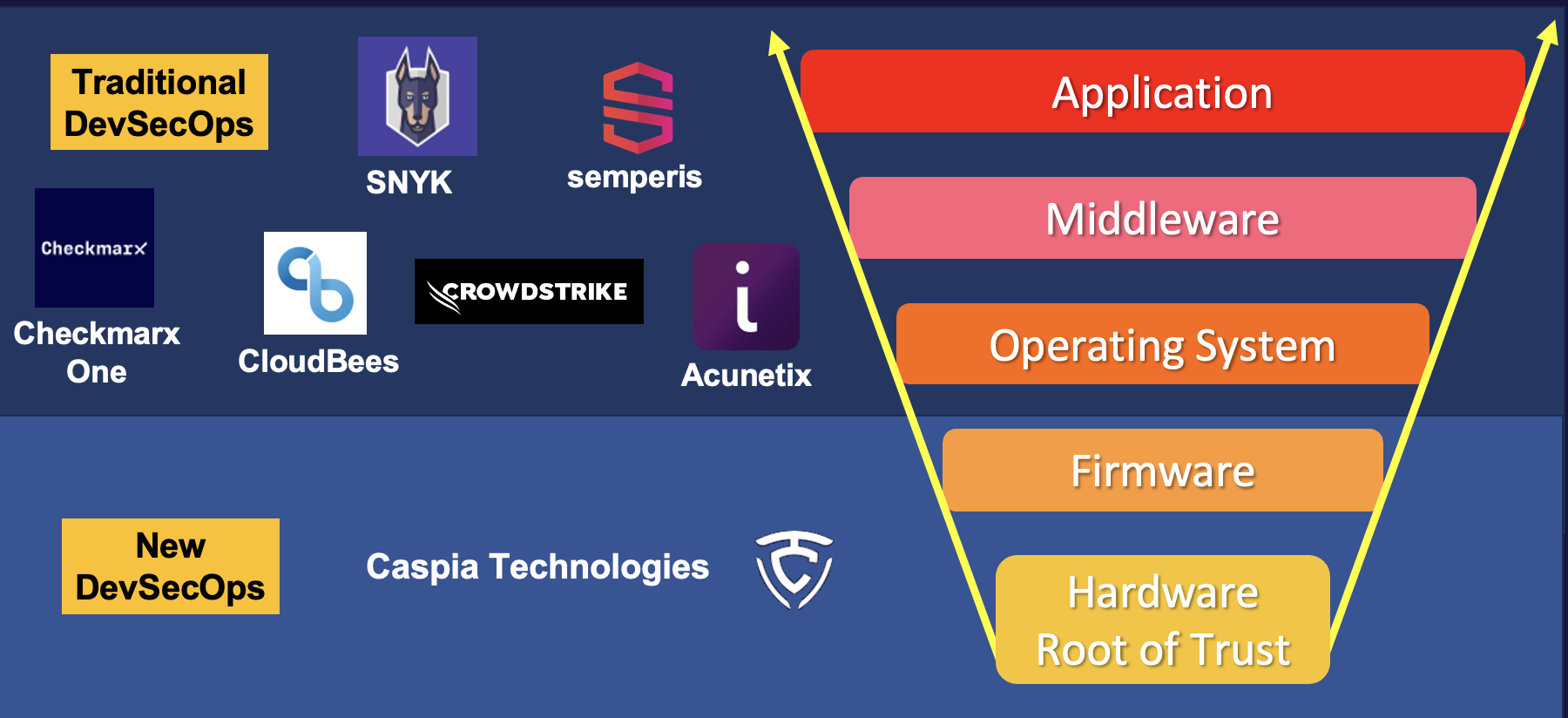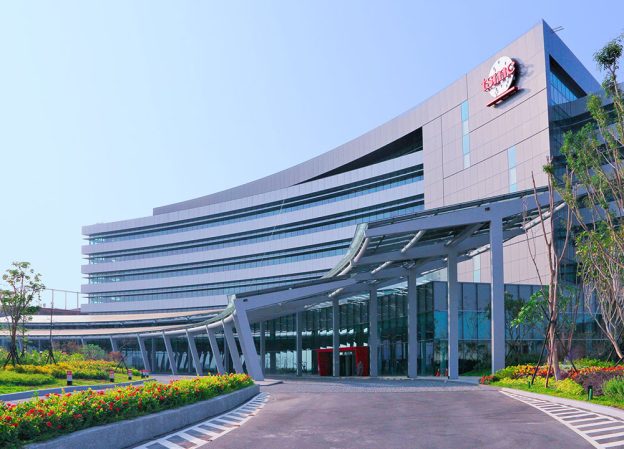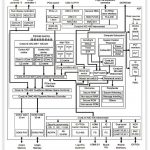The U.S. Department of Transportation issued a proposed rule this week which may ultimately require the installation of a communications box in every car manufactured or sold as new in the U.S. The U.S. is alone in the world in pursuing such a mandate and the proposal, which requires years of additional evaluation, testing and definition… Read More
 A Six-Minute Journey to Secure Chip Design with CaspiaHardware-level chip security has become an important topic…Read More
A Six-Minute Journey to Secure Chip Design with CaspiaHardware-level chip security has become an important topic…Read More Lessons from the DeepChip Wars: What a Decade-old Debate Teaches Us About Tech EvolutionThe competitive landscape of hardware-assisted verification (HAV) has…Read More
Lessons from the DeepChip Wars: What a Decade-old Debate Teaches Us About Tech EvolutionThe competitive landscape of hardware-assisted verification (HAV) has…Read More Think Quantum Computing is Hype? Mastercard Begs to DisagreeJust got an opportunity to write a blog…Read More
Think Quantum Computing is Hype? Mastercard Begs to DisagreeJust got an opportunity to write a blog…Read More TSMC Kumamoto: Pioneering Japan's Semiconductor RevivalIn the lush landscapes of Kumamoto Prefecture, on…Read More
TSMC Kumamoto: Pioneering Japan's Semiconductor RevivalIn the lush landscapes of Kumamoto Prefecture, on…Read MoreIEDM 2016 – Marie Semeria LETI Interview
Marie Semeria is the CEO of Leti, one of the world’s premier research organization for semiconductor technology and the key development center for FDSOI. I first interviewed Marie at SEMICON West and at IEDM I had a chance to sit down with her and get an update on Leti’s efforts over the last several months.
My interview… Read More
Semiconductors flat for second straight year
The global semiconductor market posted strong 11.6% growth in 3[SUP]rd[/SUP] quarter 2016 from 2[SUP]nd[/SUP] quarter, according to WSTS. This strength is reflected in the 3[SUP]rd[/SUP] quarter revenue growth reported by the major semiconductor suppliers. Of the 12 companies, half (Intel, Samsung, Broadcom, TI, Micron… Read More
Moving from SRAM to DDR DRAM in Safety Critical Automotive Systems
Until now, most of the processors contained within automobiles could be served by SRAM, at the exception of infotainment systems relying on a more powerful CPU connected to DRAM, but these systems are non-safety-critical. Advanced Driver Awareness Systems (ADAS) and self-driving vehicle systems demand powerful processors… Read More
Building a Virtual Prototype
I wrote recently about how virtual prototypes (in the form of VDKs) can help embedded software teams practice continuous integration. Synopsys has just released a white paper detailing a practical approach to building a VDK, using the Juno ARM development platform (ADP) to illustrate. Just as a reminder, the point of a virtual… Read More
ARM and Open Silicon Join Forces to Fight the IoT Edge Wars!
I spent the last several days doing a deep dive into the world of IoT security and what I’ve learned has scared the pants off me. Various analysts predict that there will be over 30 billion connected IoT devices by the year 2020 growing from 9.9 million in 2013. A quick audit of my home identified over 40 connected devices including everything… Read More
How ARM designs and optimizes SoCs for low-power
ARM has become such a worldwide powerhouse in delivering processors to the semiconductor IP market because they have done so many things well: IP licensing model, variety, performance, and low-power. On my desk are two devices with ARM IP, a Samsung Galaxy Note 4 smart phone and a Google tablet. Most of my readers will likely have… Read More
CEO Interview: Dündar Dumlugöl of Magwel
Magwel CEO Dündar Dumlugöl is well known from his days at Cadence, where I first met him, and for his more recent tenure at Magwel. At Cadence he led the team that first developed Spectre. He has come a long way from the start of his career at IMEC in Belgium. He and I had a chance to have a conversation recently where he offered insights … Read More
Building a Solar Powered Ice Freezer
My vacation is your worst nightmare. Well, at least that is what the bumper sticker says – it’s referring to Burning Man. It’s well known that among the tens of thousands of people attending this arts festival in Nevada at the end of each Summer there are lots of high tech luminaries. I also have gone many times – not to say that I am a luminary.… Read More
Top IOT News for 2016
2016 will go down as being part of the golden era for the Internet of things. This last year has experienced incredible advancements like cars that drive themselves, and cities that actually smarter. It has also been a learning experience where major security breaches threatened us, but we worked past them, and ultimately built… Read More







AI RTL Generation versus AI RTL Verification